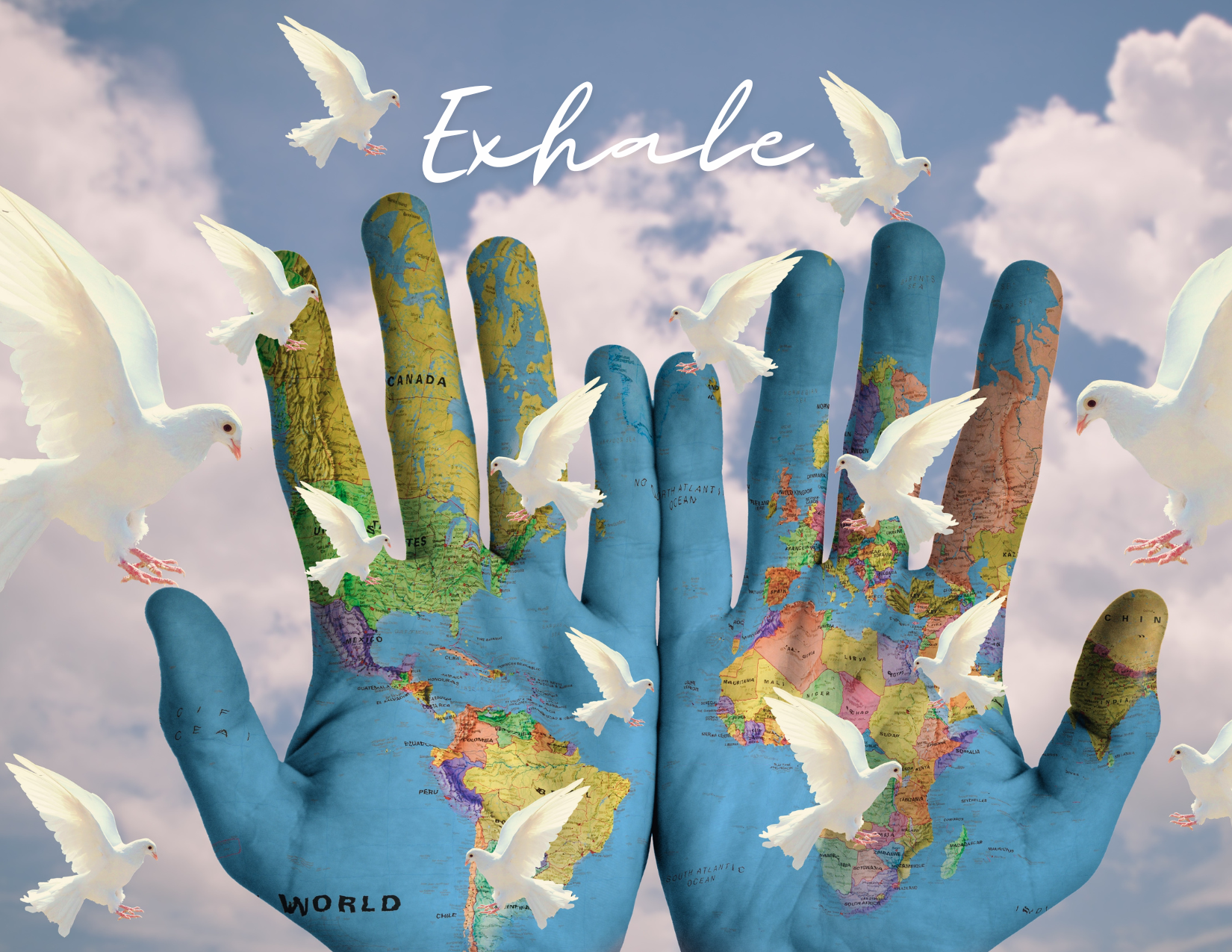The hiring process can be a daunting proposition for many managers. It is easy to focus on the dread of filling in the gaps when an employee leaves, knowing that you will have to take on an increased workload and manage many more people. However, filling that gap is an opportunity that I now take full advantage of because I know from personal experience that making a poor hiring decision impacts my team and can have ramifications within my organization for years to come.
If your current approach to hiring is pulling out the old job description, posting it “as is,” collecting sourced resumes, selecting candidates, and interviewing each candidate individually, you might want to rethink that strategy. Here are some suggestions that could refine your processes when filling your next vacant position. It will require more work but will pay off good dividends.
1. Identify the competencies for the job.
Competencies are the core attributes or skills necessary for demonstrated success in the position you need to fill. They can be behavioral or technical. Reach out to your Talent Management Human Resource (TMHR) team in your division or organization to see if they can assist in helping you identify the primary competencies for your vacant position. Optimally, core competencies should be identified for all roles within an organization, and executive leadership is usually instrumental in defining them. However, if this is not the case or your organization does not have a TMHR team, many online resources can get you started.
2. Rewrite the job description.
Job descriptions tend to get stale soon after positions are filled for varied reasons. When someone excels at their job, they take on more responsibility, or the business needs change, so does the job. Therefore, it is good to refresh every job description to reflect the position today. I also like to write a job description with a future-looking lens when rewriting a job description. Business needs change and taking the time to understand the signals of change and prepare for them is good practice. We also need to be mindful of inclusive language, so before posting a position description, take a close look at your word choices.
3. What is your compelling story?
Why should a candidate be interested in working at your company or institution? As hiring managers, we usually don’t think about that question; we tend to think, why would a candidate not want to work at our company or organization? Reframe your thinking to the lens of your applicants. What is your story of impact in the industry, workplace, and world? Why is your successful candidate an essential piece of that puzzle? Your story matters!
4. Commit to having a diverse candidate pool.
There is great value in having a diverse workforce, and as a hiring manager, you often need to be intentional to ensure that you have a diverse pool of qualified candidates. Many organizations take deliberate approaches to diversify the overall candidate pools but fall short as many final candidate pools lack diversity. The reason often cited is that there are not enough qualified diverse candidates in the marketplace. I see this as a myth that continues to be perpetuated; in 2022, there may not be as many diverse candidates as there are nondiverse candidates, but there are enough qualified diverse candidates to make it into your final pool. Please make a note of the definition of diversity and don’t lose sight of it. There is much more to unpack here that we will dive into in a future blog post.
5. Identify the interview panel that will best serve your successful candidate.
Your interview panel should be the first step in onboarding your successful candidate. Having an interview panel is a way to have key stakeholders participate in the interview process. Keep the group small, ideally no more than five people. Some tips are to think beyond your reporting lines, who will your new employee collaborate with, who will be necessary for setting them up for success? You might also be interested in having someone on your panel who hires well in your company or organization and whose opinions and insights you value.
6. Have a plan in place for your interview panel.
An approach that I have found to be most successful is to have a structured interview process where interview questions are preset. Each member on the interview panel is assigned a specific set of questions based on the top competencies that I have identified for the job. Then, I try to match the interviewer with the questions that touch on the competency they might need to see most in the new employee. This approach creates a more level playing field for each candidate and reduces unconscious bias.
7. Ask behavioral based interview questions.
Have you ever walked into an interview having just read a resume feeling confident that you can wing it by asking free flow questions and then leave that conversation feeling as if you nailed it because you felt good about the conversation? Yes, we all have. However, the person we think we had a great rapport with might not have the competencies needed to succeed in the job. Behavioral based interview questions are a much better way to determine if a candidate is skilled in the competencies required for your open position. These types of questions require candidates to provide examples that demonstrate how they have, in practice, successfully navigated the topics you might be interested in exploring, such as communication, time management, ethics, etcetera.
8. Commit to being an inclusive leader and prepare an onboarding plan.
According to Gallup, “fifty-two percent of exiting employees say that their manager or organization could have done something to prevent them from leaving their job.” As managers and leaders, the role that we play is crucial for our team members, so we must establish open communication, create feedback loops, and be intentional.
An onboarding plan is an intentional way to outline all the aspects of welcoming someone onto your team and into your organization. The duration of the plan can vary. I like to use a three-month plan. I ensure work plan goals are outlined in the plan, policies and procedures are readily accessible, key meetings are pre-populated on the new employee’s calendar, weekly touchpoints and information sharing sessions are pre-scheduled, and any necessary training. Each plan is tailored to meet the individual needs of the new team member.
Finally, my Golden Rule is, don’t rush to hire, and don’t be afraid to reopen your search!
Share your tips and experiences in the comments.







